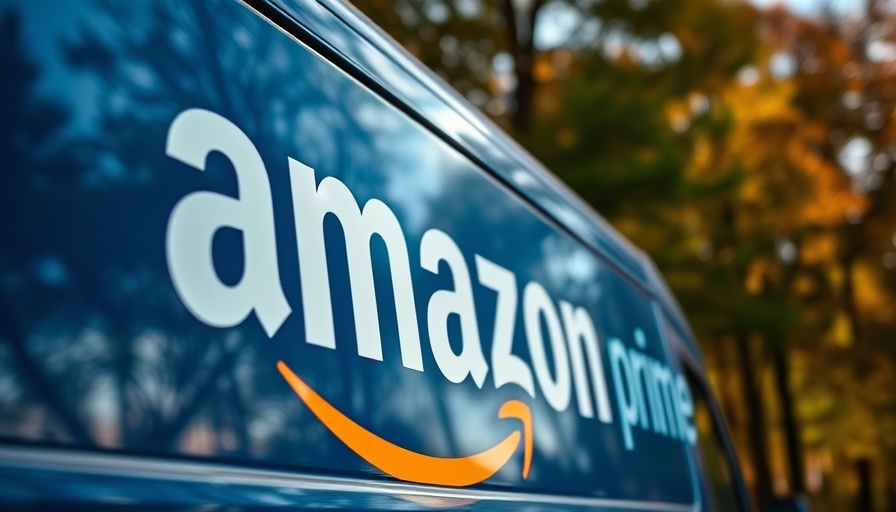
Amazon's Transformation: More Than Just Deliveries
In recent years, Amazon has evolved from being a simple e-commerce giant into a multifaceted enterprise, now tapping into sectors like healthcare. The company’s shift towards the healthcare industry represents a significant change in strategy, as it explores innovative ways to utilize its vast logistics network. The idea of enlisting delivery drivers to potentially save lives is a testament to how Amazon is merging technology and human compassion.
Project Pulse: A Lifesaving Initiative
Amazon's Project Pulse is at the heart of this mission, where delivery vans were outfitted with defibrillators and drivers trained in CPR. This pilot program showcased how technology can intersect with healthcare in remarkable ways. Drivers in cities like London, Amsterdam, and Bologna not only delivered packages but also responded to emergency alerts using citizen responder apps. This initiative, though still under evaluation, highlights how leveraging technology can empower everyday citizens—or in this case, delivery drivers—to make critical decisions that could save lives.
The Competitive Landscape of Healthcare Delivery
While competitors like Walgreens and Walmart have scaled back their healthcare ventures, Amazon is betting on its ability to reimagine healthcare delivery. The company's acquisition of One Medical for $3.9 billion in early 2023 illustrates its commitment to this market. Amidst a backdrop of rivals retreating, Amazon's investment in healthcare positions it uniquely to bridge the gap between service delivery and medical care.
The Future of Healthcare Through Technology
This initiative raises interesting questions about the future of healthcare delivery. As telemedicine and remote assistance become increasingly popular, Amazon is stepping into a role that could redefine how we receive medical care. By leveraging technology, delivery drivers equipped with essential medical tools might evolve into a new class of healthcare responders, ready to intervene in emergencies. This innovative use of technology not only enhances the brand's image but also demonstrates Amazon’s potential to become a pioneer in healthcare accessibility.
Public Relations or Genuine Community Care?
The decision to involve delivery drivers in emergency care certainly sounds promising, but could it merely be a PR stunt? By providing training and tools that empower their drivers, Amazon could genuinely impact community health. However, skepticism remains regarding the company’s true motivations—whether it’s about care or merely enhancing its corporate image. Evaluating public feedback from the pilot program will be crucial for understanding the community's perception of this venture.
Community Engagement and Responsiveness
Amazon's ability to influence healthcare is, in part, reliant on its community engagement strategies. The effectiveness of programs like Project Pulse will largely depend on how receptive communities are to its presence in healthcare. If Amazon can demonstrate that its delivery drivers have authentically engaged with health emergencies, this may pave the way for expanded healthcare initiatives in other cities.
Concluding Thoughts: Amazon's Role in the Future of Healthcare
As Amazon considers next steps for its healthcare ambitions, the implications of programs like Project Pulse extend beyond corporate strategy—they touch on public safety and community health. As this narrative unfolds, it will be fascinating to monitor how Amazon can leverage its vast resources for more than just convenience. Within this unique intersection of technology and healthcare lies a promise that may very well evolve the way we think about emergencies and response in our daily lives.
Taking this into account, community members and businesses alike may want to consider how they can engage with such initiatives, preparing not just to receive packages but potentially assistance in their neighborhoods.
 Add Row
Add Row  Add
Add 



Write A Comment